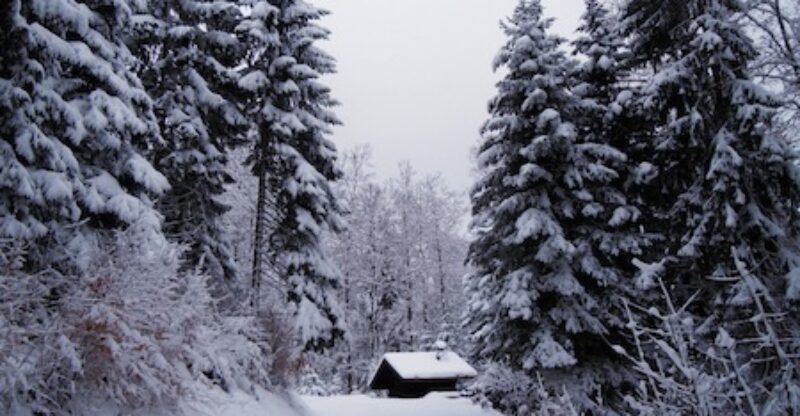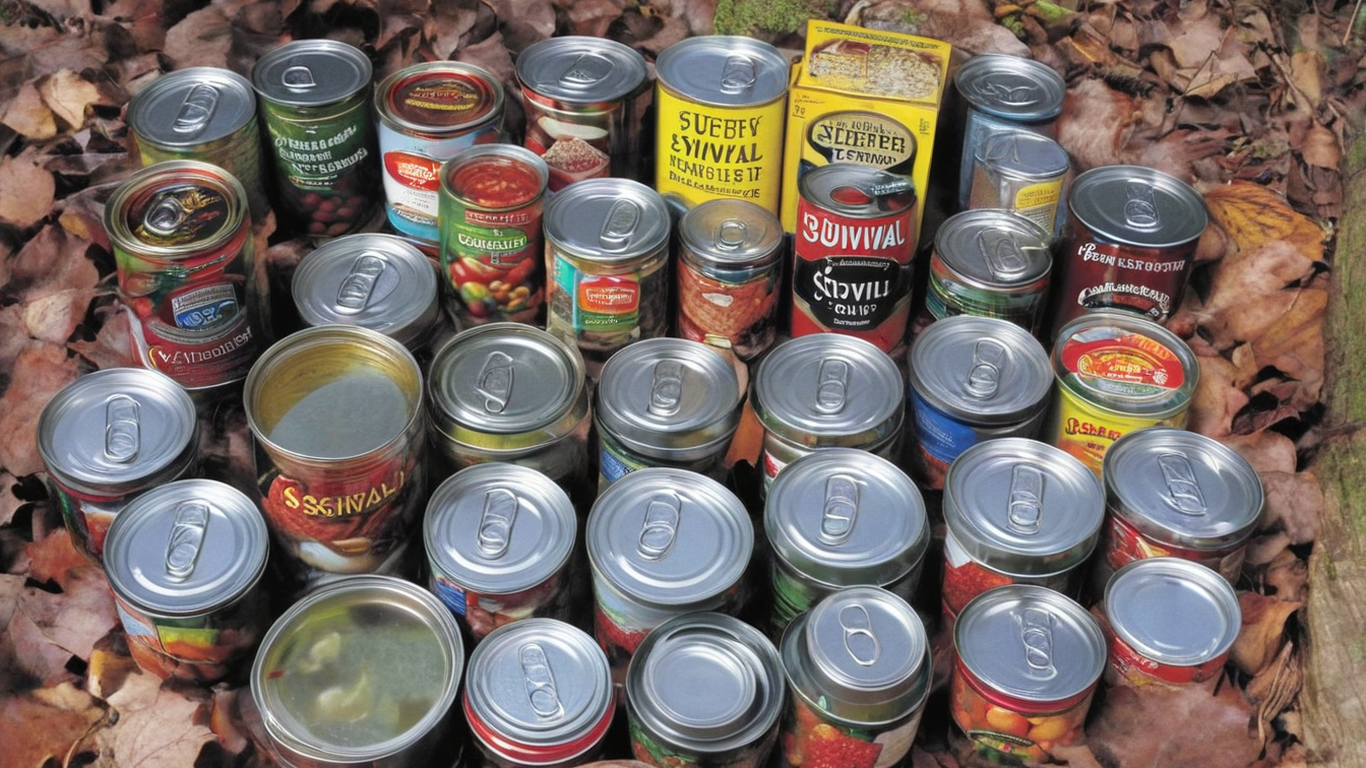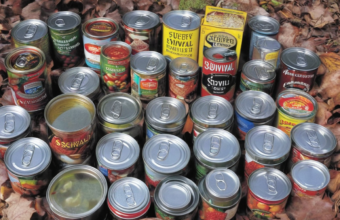How Much Insurance do You Really Need?
When considering how much insurance you need to cover losses from a natural disaster, a good rule of thumb is to ensure your coverage is sufficient to rebuild your home and replace all of your personal belongings. Standard homeowners and renters insurance often have significant gaps in coverage for many natural disasters, so you’ll likely need to purchase separate policies or add-on endorsements. The specific amount of coverage you need is a personal calculation based on your individual risk factors and the value of your assets.
Understanding Coverage Gaps: What Your Standard Policy Misses 📄
Most standard homeowners insurance and renters insurance policies protect against a range of events, including fire, windstorms, lightning, and hail. However, they almost always exclude damage from natural disasters like floods and earthquakes. This is a critical distinction that many people don’t realize until it’s too late.
- Floods: This is the most common and costly natural disaster in the U.S. Flood damage from overflowing rivers, storm surges, or heavy rainfall is not covered by a standard homeowners policy. You must buy a separate flood insurance policy, often through the National Flood Insurance Program (NFIP) or a private insurer.
- Earthquakes: Damage from earthquakes, landslides, and mudflows is also excluded from standard policies. If you live in a seismically active area, you need to purchase a separate earthquake insurance policy.
How to Calculate the Right Amount of Coverage 🤔
Determining the right amount of coverage involves more than just looking at your home’s market value. Here’s a breakdown of what to consider for both your home and your belongings:
Homeowners Insurance for a Total Loss
Your home’s insurance should cover the replacement cost of rebuilding your house from the ground up, not just its market value. The cost of labor and materials for construction can fluctuate, and you want to be sure you can afford to rebuild exactly what you had.
- Replacement Cost Value (RCV): This is the ideal type of coverage. It pays the full cost to repair or replace your home with a new one of similar quality, without factoring in depreciation.
- Actual Cash Value (ACV): This coverage pays the replacement cost minus depreciation. This means you won’t receive enough to fully rebuild your home. Avoid this if possible.
- Extended or Guaranteed Replacement Cost: Some policies offer this extra protection, which can pay an additional percentage (e.g., 20-25%) over your policy’s limit if rebuilding costs surge after a major disaster.
To calculate your needed dwelling coverage, consider getting a professional home appraisal or using an online calculator. You’ll need to know details about your home’s construction materials, square footage, and special features.
Protecting Your Personal Property
Your personal belongings—everything from furniture and electronics to clothing and appliances—should also be insured. Most homeowners and renters policies provide coverage for personal property, but you need to make sure the limits are high enough.
- Create a Home Inventory: The best way to determine how much coverage you need is to make a detailed list of your possessions. Take photos and videos, and keep receipts. This documentation is crucial for a smooth claims process.
- Check Your Limits: Most policies offer personal property coverage as a percentage of your dwelling coverage (typically 50-70%). Make sure this amount is adequate to replace everything you own.
Key Factors That Affect Your Premium and Coverage 📈
Several factors influence the cost and amount of your natural disaster insurance. Understanding these can help you find a more affordable and comprehensive policy.
- Location: Living in a high-risk area for a specific disaster (e.g., coastal regions for hurricanes, California for earthquakes) will significantly increase your premiums and may require specialized policies.
- Building Materials and Codes: Homes built with disaster-resistant materials or those that meet stricter building codes may qualify for lower rates.
- Deductibles: The deductible is the amount you pay out-of-pocket before your insurance kicks in. A higher deductible will lower your premium, but you must be able to afford it in a crisis.
- Credit Score: Insurers use credit-based insurance scores to help determine premiums. A good score can lead to lower rates.
- Bundling Policies: You can often save money by bundling your home insurance with other policies, like auto or flood insurance, from the same provider.
By carefully assessing your risks, valuing your assets, and understanding your policy’s limitations, you can build a comprehensive insurance plan that provides true financial security when a natural disaster strikes. Sources












